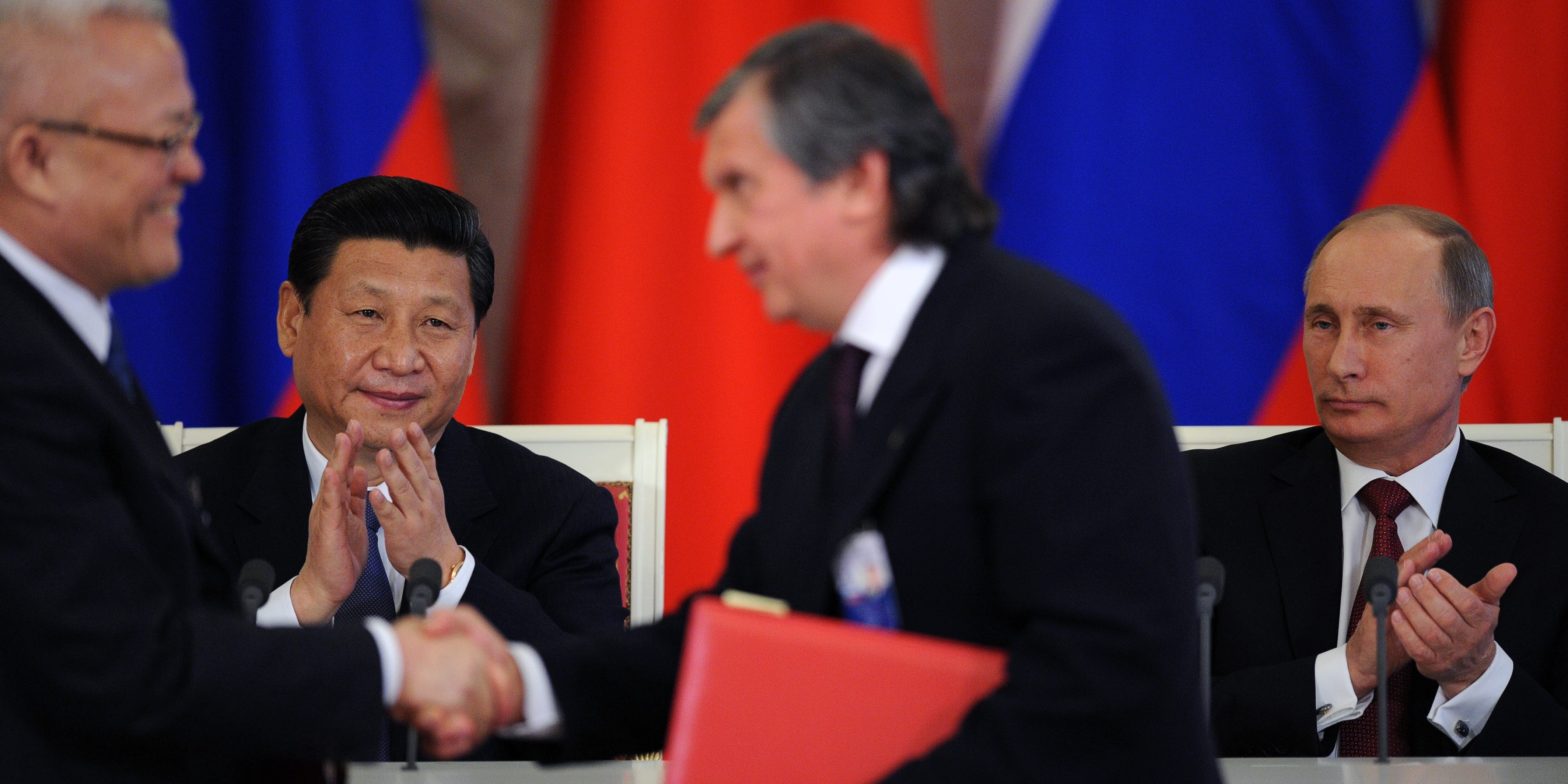Europe’s ban on Russian oil will begin in December, and it could make an already-tight energy market worse. Global crude prices are set to climb as demand isn’t going down, but supplies are dwindling. Energy Aspects’ Livia Gallarati explained what comes next for the energy crisis and why oil prices could stay around $120 for two years. Loading Something is loading.
Thanks for signing up!
Access your favorite topics in a personalized feed while you’re on the go.
Oil markets are facing a slate of global risks in the months ahead that could propel crude prices to about $120 a barrel and then keep them there, according to Energy Aspects’ Livia Gallarati.
Among the most near-term risks are European Union sanctions on December 5 that will ban seaborne Russian crude oil imports.
The abrupt drop-off in deliveries from Europe’s biggest energy supplier will likely cause a price spike for crude, Gallarati told Insider, and prices will face renewed pressure in February when the EU’s next set of sanctions on refined products like diesel kicks in.
“We see prices increasing to $120 by the end of this year,” she said. “And we don’t really see them decreasing significantly from this level for the next two years because we see a structural problem with supply.”
While Moscow has been redirecting crude to China and India, prices can still surge as the cost of transporting crude goes up. Europe will have to cut itself off from a long-standing source that’s just a few days’ sailing time away, and rely on more distant suppliers like the US and Middle East, Gallarati said.
In addition, Russia’s crude production is already 500,000 barrels a day lower and could lose another 1.5 million barrels a day early next year as the ban on fuels forces Russian refineries to accept less upstream output, according to Energy Aspects.
Losing that high a volume from Russia for an extended number of months will deliver a huge blow to global oil supplies, and Gallarati said that poses the single biggest risk to markets.
“We just don’t have enough demand and shipping capacity to move all of these barrels to other non-European markets,” she said. “Brent is going to be structurally higher and it will feed into pump prices for the consumers. There’s no doubt about that.”
At the same time, subsidies and tax incentives from Western governments intended to help people pay their bills will stoke demand further and prevent supply from catching up.
“Market prices are going to go through the roof, and eventually somebody is going to have to pay the bill,” Gallarati warned.
Other risks loom Separate from Europe’s sanctions on Russia, China’s reopening plans and US reactions to OPEC+ decisions can either keep oil prices muted or push them dramatically higher in 2023.
So far this year, China’s zero-COVID approach has helped Europe because there’s been less competition for Russian energy supplies, as well as supplies from other nations.
But if stifled demand in the world’s second-largest economy all of a sudden returns in force, prices could surge and global supplies could face additional snags, which would particularly impact Europe, Gallarati said.
Meanwhile, the world’s other top oil producers — OPEC+ and the US — could add more uncertainty to markets. The oil cartel has slashed its production quota, lifting crude prices, and the US has been releasing crude from the Strategic Petroleum Reserve to bring them down.
“OPEC’s been very protective of making sure there’s a floor to prices,” Gallarati said. “And now there’s been talk about limiting exports out of the US to the rest of the world. So what happens with these policies will be another big thing to watch for prices.”
